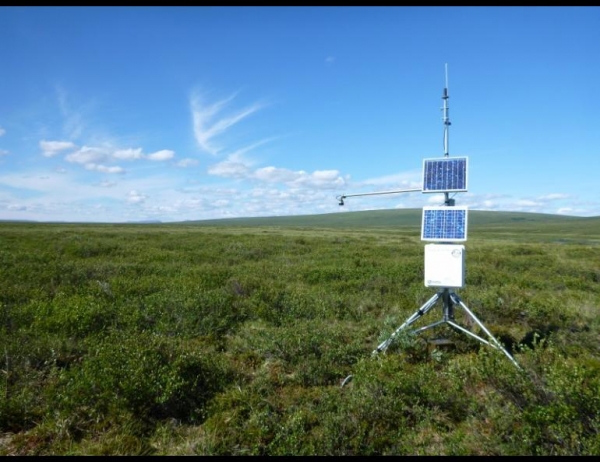More areas of year-round unfrozen ground have begun dotting Interior and Northwest Alaska and will continue to increase in extent due to climate change, according to new research by University of Alaska Fairbanks Geophysical Institute scientists.
The scientists said the spread of taliks — volumes of unfrozen ground within areas of permafrost — has major implications for the movement of carbon among organisms, minerals and the atmosphere. Taliks will also affect the transfer in water of material such as nutrients and increase development of thermokarsts, areas of sunken land formed by the thawing of permafrost.
Their findings were reported today in the journal Nature Geoscience.
Louise Farquharson, a research assistant professor, authored the paper. Geophysics Professor Emeritus Vladimir Romanovsky, research assistant professor Alexander Kholodov and research associate professor Dmitry Nicolsky are co-authors. All four are with the Geophysical Institute’s Permafrost Laboratory. Romanovsky, Kholodov and Nicolsky are also affiliated with institutions in Russia.
Read more at University of Alaska Fairbanks
Image: A data collection station sits at the Kuzitrin River ground temperature monitoring site on the Seward Peninsula, one of several sites in the Geophysical Institute Permafrost Laboratory's monitoring network. Scientists have observed talik development at the site. (Photo credit: Vladimir Romanovsky)


